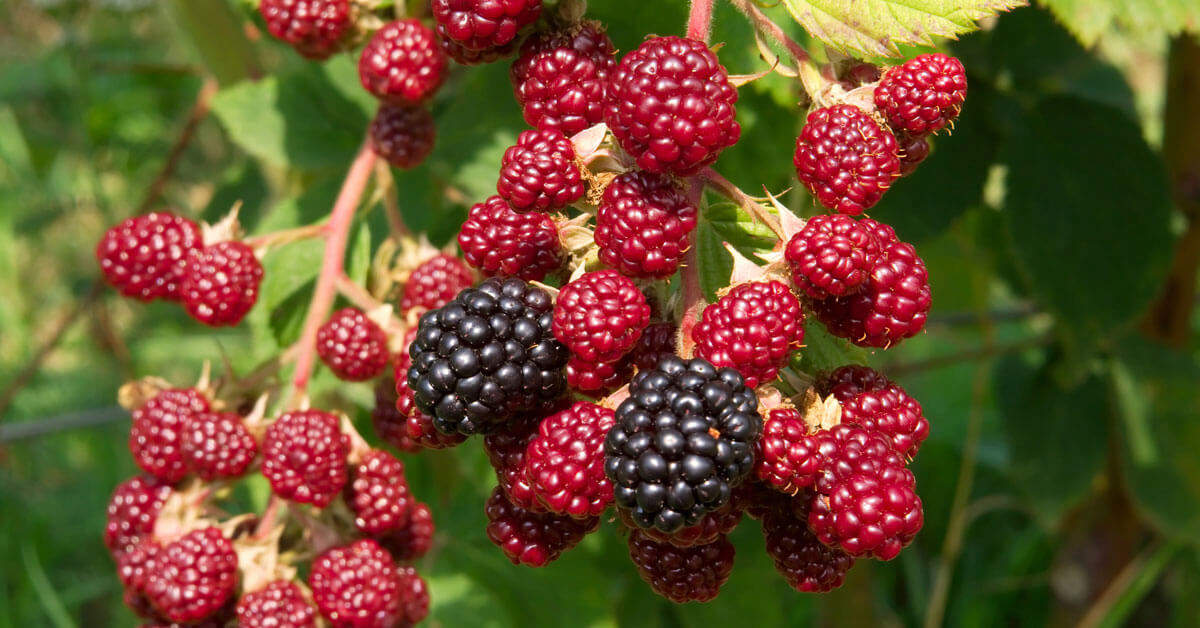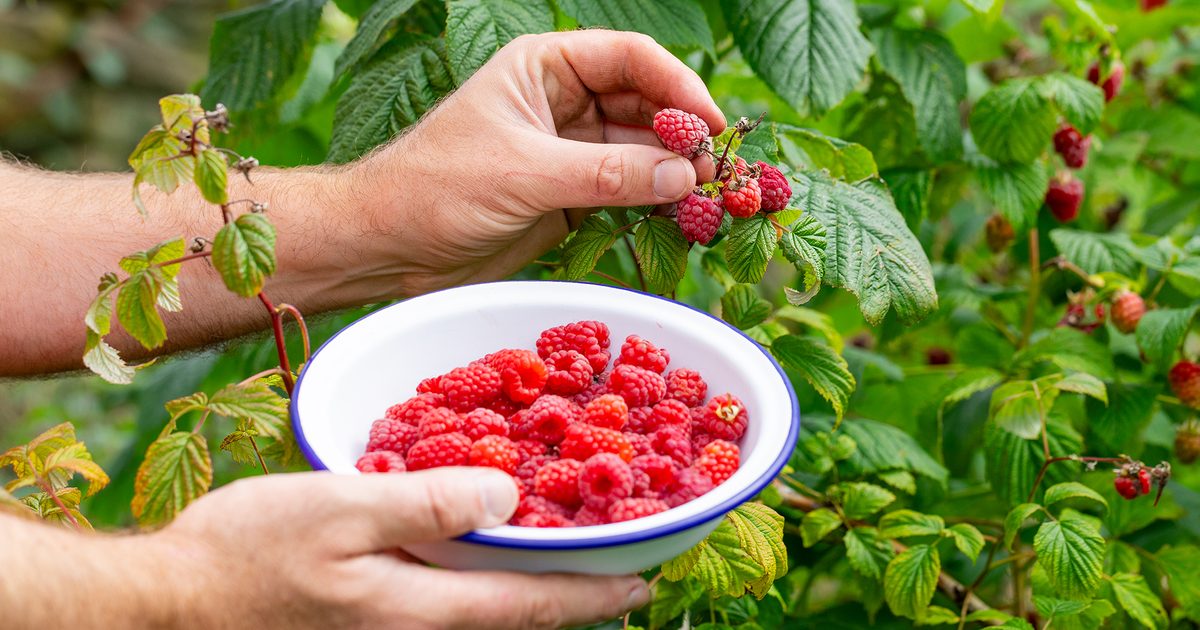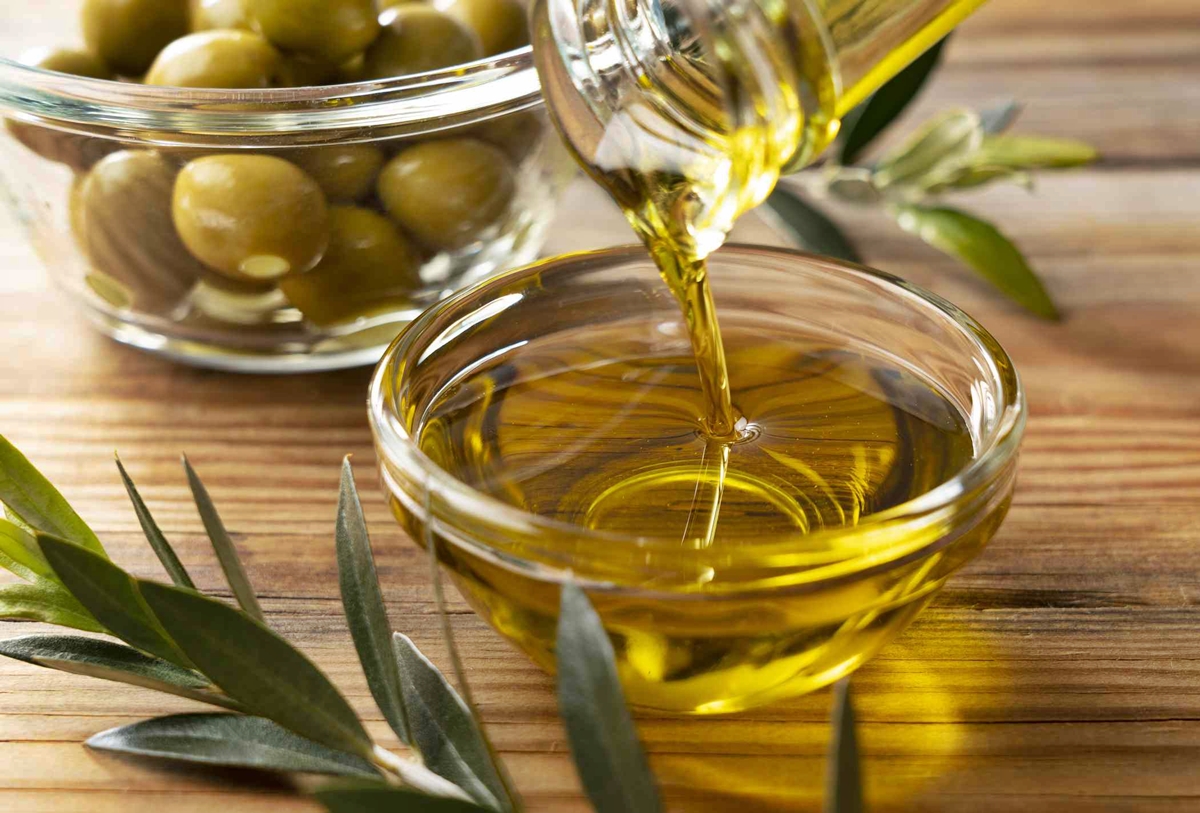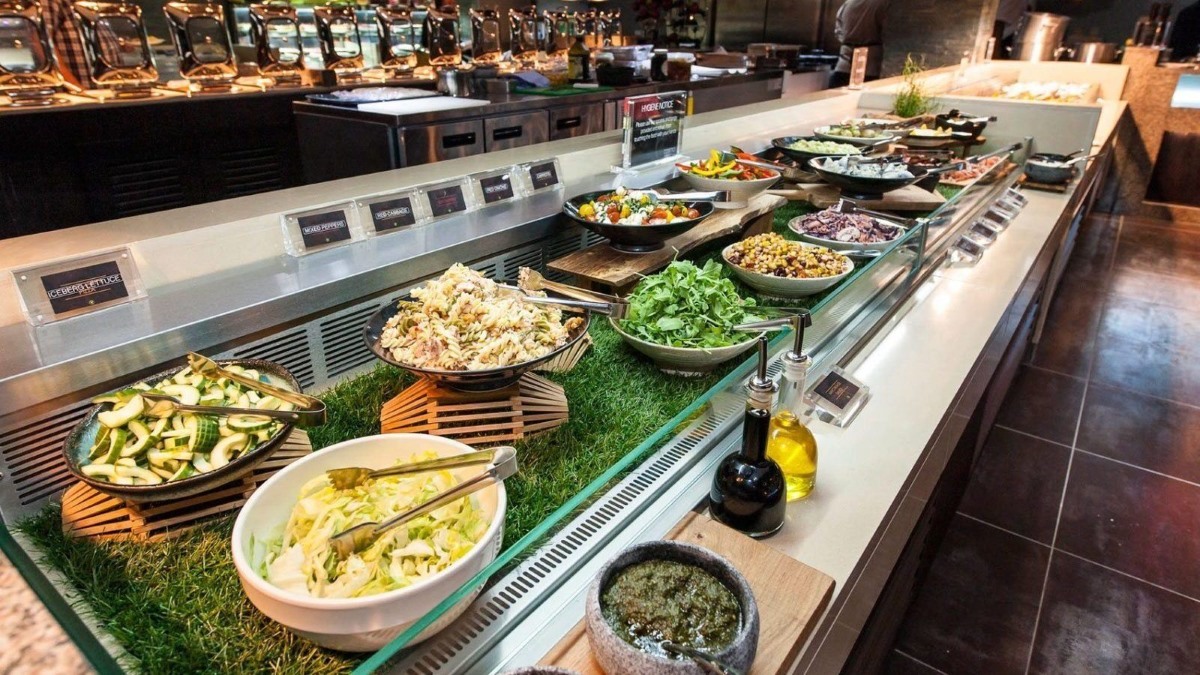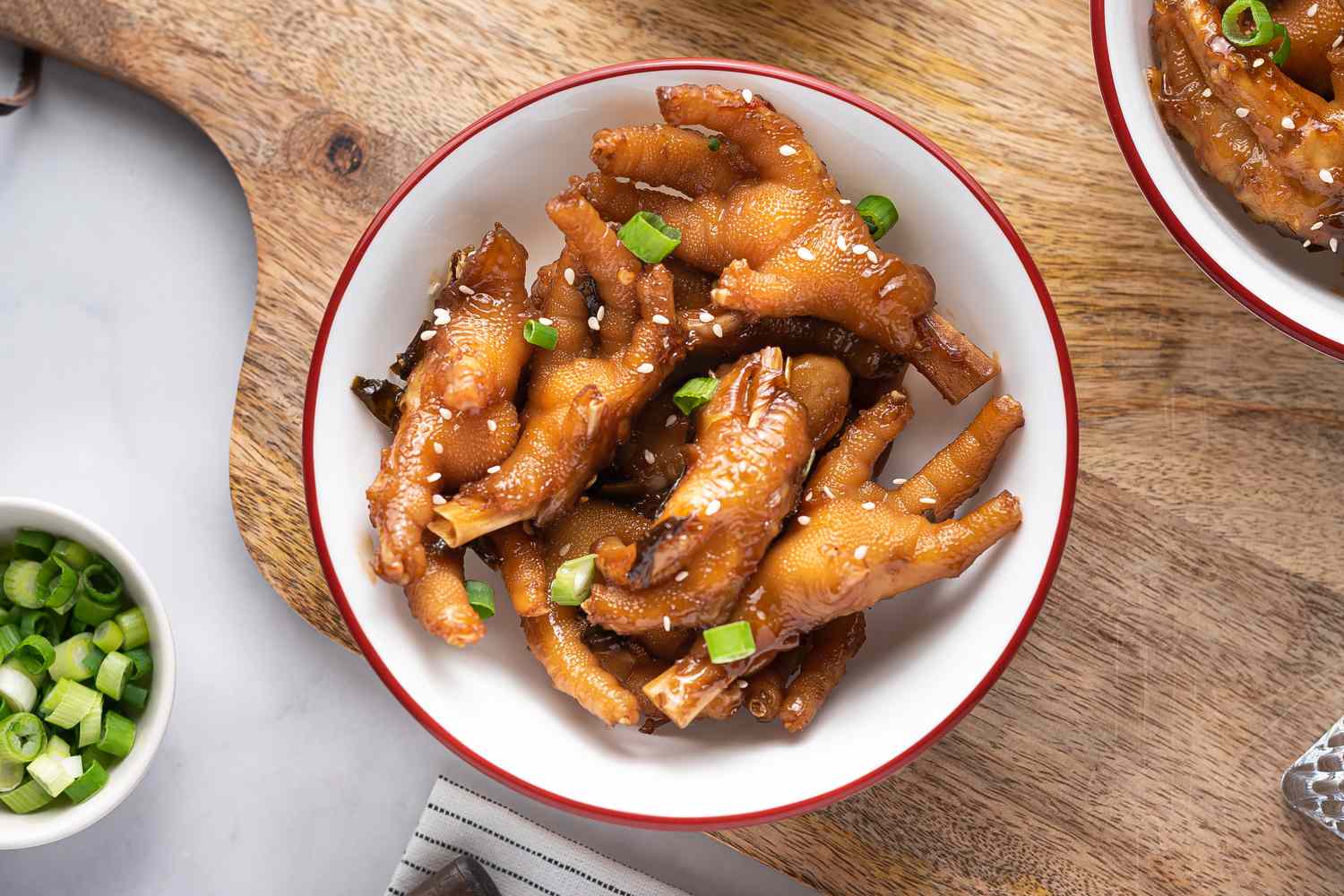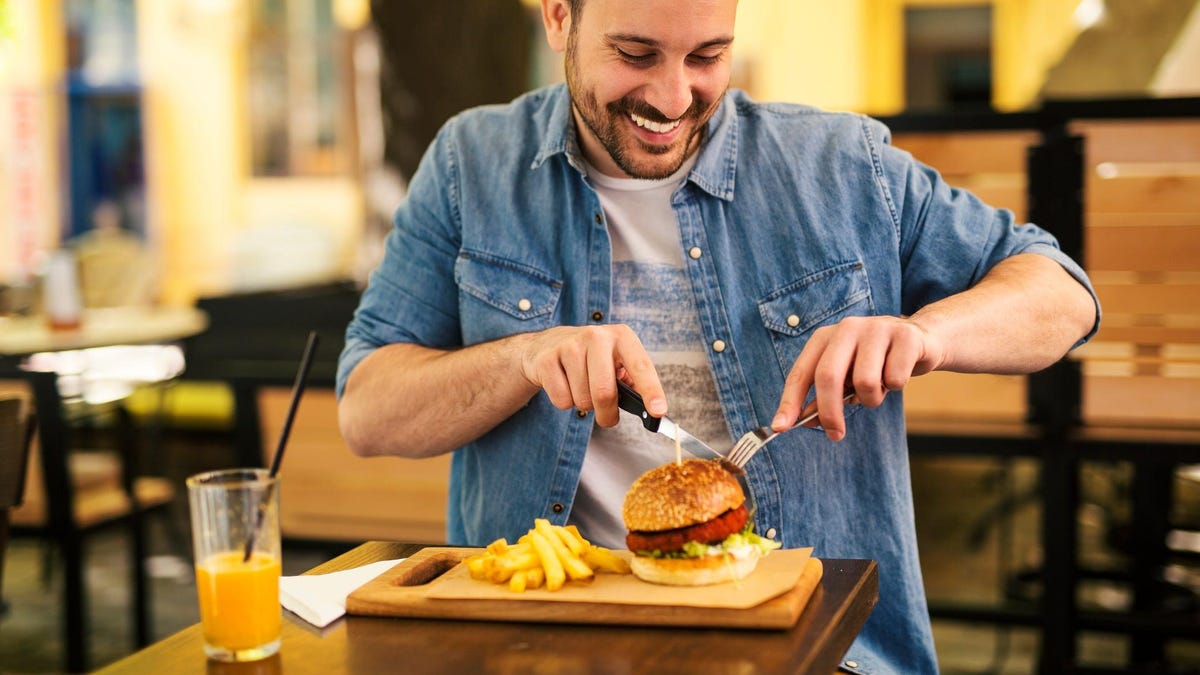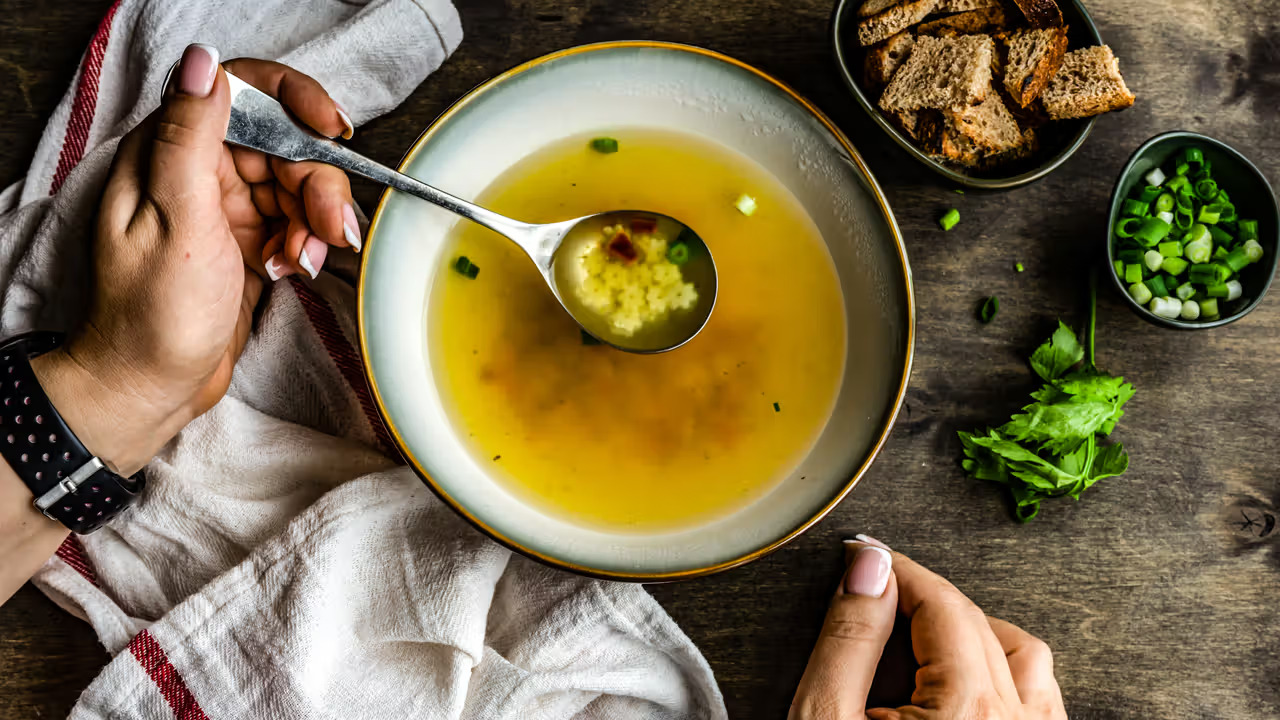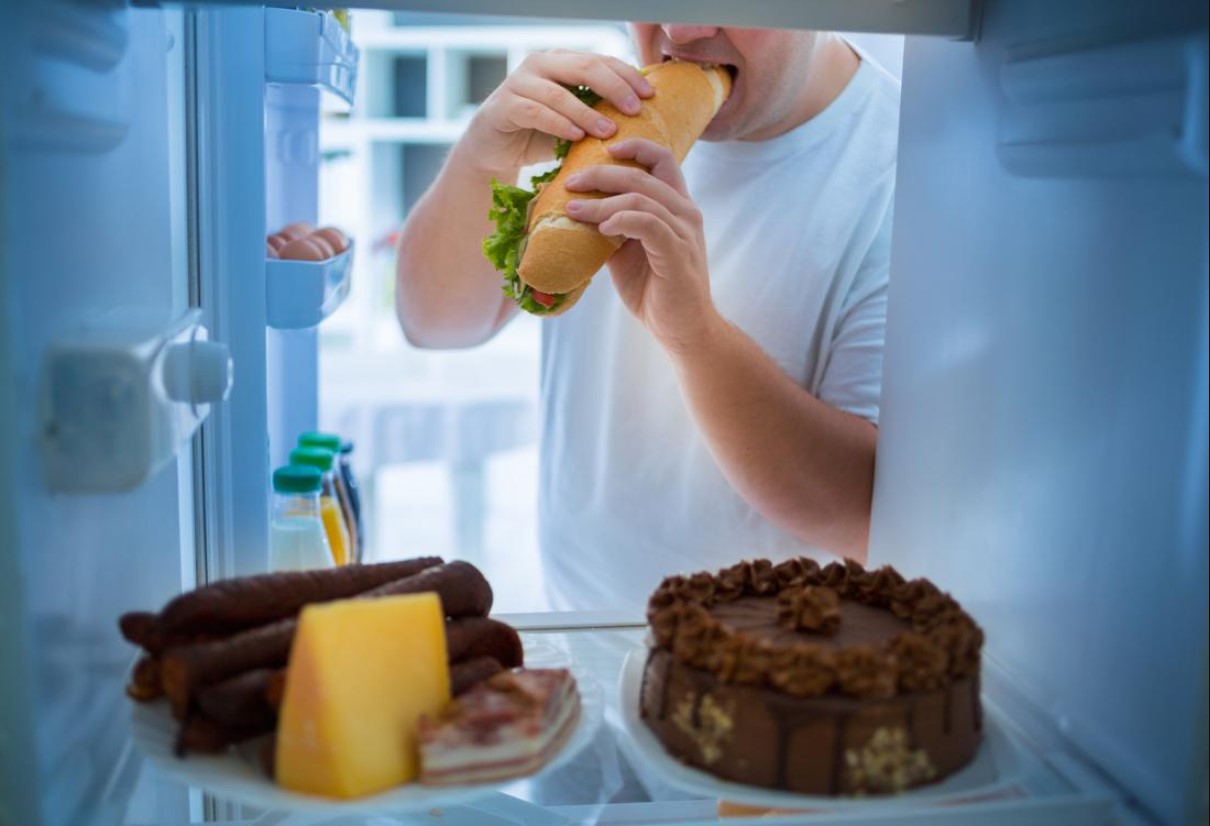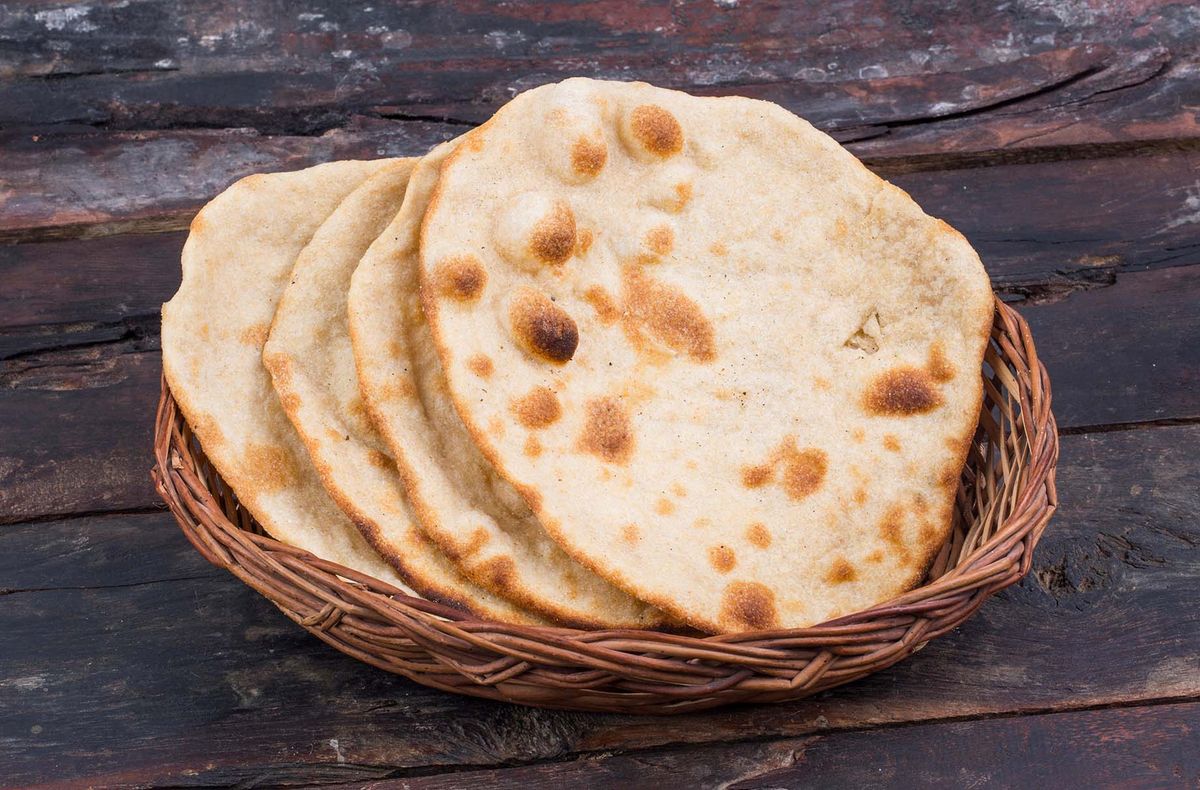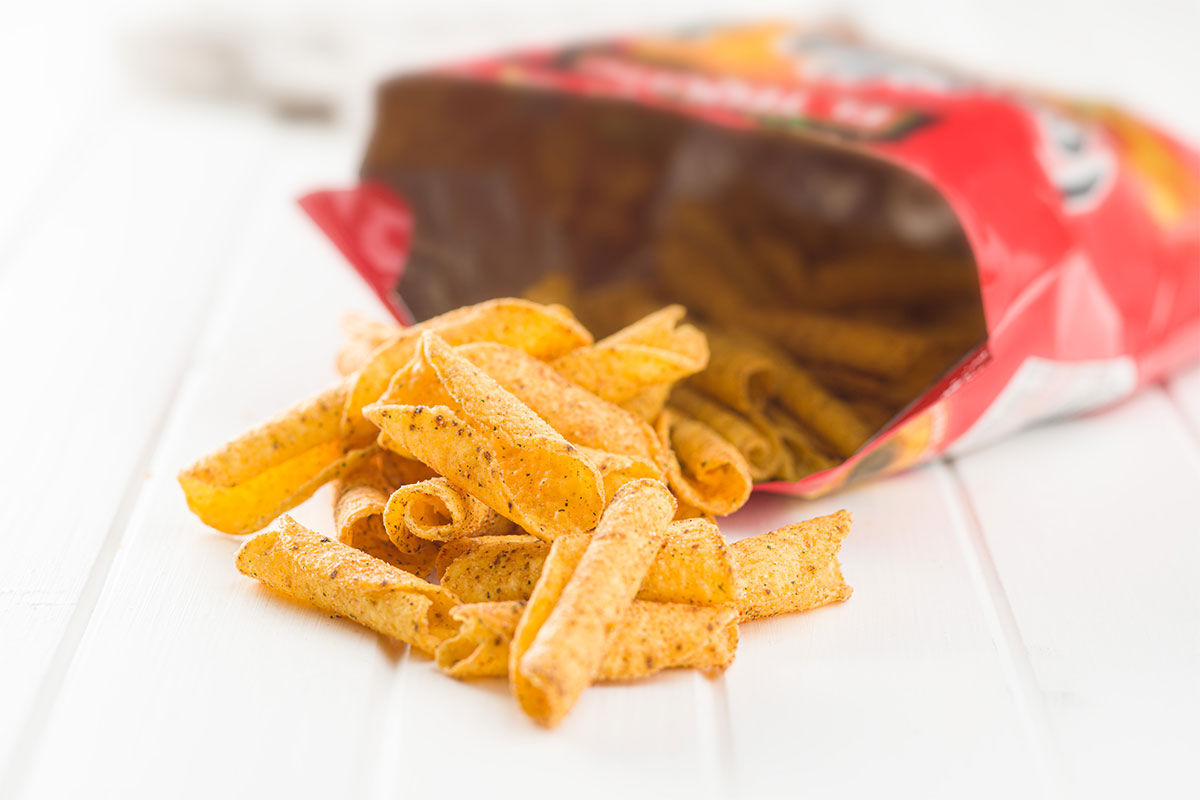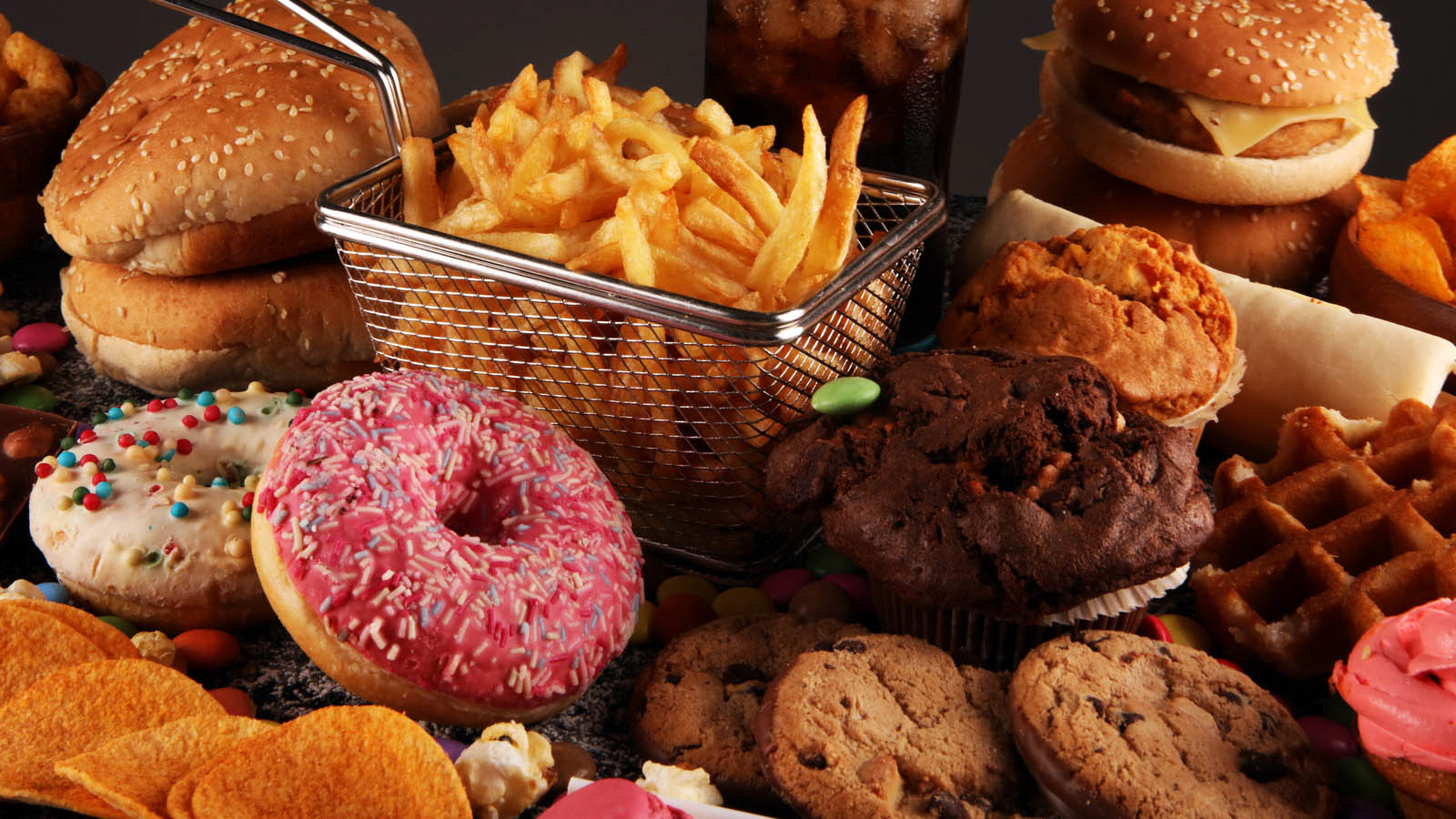Understanding Diverticulitis
Diverticulitis is a condition that occurs when small pouches, called diverticula, in the digestive tract become inflamed or infected. This can lead to symptoms such as abdominal pain, bloating, constipation, and diarrhea. If you have been diagnosed with diverticulitis, it’s important to pay attention to your diet to help manage your symptoms and promote healing.
Focus on High-Fiber Foods
One of the key dietary recommendations for managing diverticulitis is to consume a high-fiber diet. Fiber helps to promote regular bowel movements and prevent constipation, which can help reduce the risk of diverticulitis flare-ups. Foods high in fiber include:
- Whole grains such as brown rice, quinoa, and whole wheat bread
- Fruits such as apples, berries, and pears
- Vegetables such as broccoli, carrots, and spinach
- Legumes such as lentils, chickpeas, and black beans
Avoid Trigger Foods
While increasing your intake of high-fiber foods is important, it’s also essential to avoid certain trigger foods that can exacerbate diverticulitis symptoms. Foods to avoid may include:
- Processed foods high in fat and sugar
- Red meat
- Spicy foods
- Popcorn and nuts
Stay Hydrated
Proper hydration is crucial for individuals with diverticulitis. Drinking an adequate amount of water helps to soften stool and promote regular bowel movements, reducing the risk of complications. Aim to drink at least 8 glasses of water per day, and consider consuming hydrating foods such as watermelon, cucumbers, and oranges.
Small, Frequent Meals
Instead of consuming large meals, opt for smaller, more frequent meals throughout the day. This can help to ease the digestive process and minimize discomfort. Additionally, chewing food thoroughly and eating slowly can aid in digestion and reduce the strain on the digestive system.
Consult with a Healthcare Professional
It’s important to note that dietary recommendations for diverticulitis may vary from person to person. Before making any significant changes to your diet, it’s essential to consult with a healthcare professional, such as a registered dietitian or gastroenterologist, who can provide personalized guidance based on your individual needs and medical history.
Conclusion
Managing diverticulitis through diet involves a focus on high-fiber foods, avoidance of trigger foods, staying hydrated, and consuming small, frequent meals. By making mindful dietary choices and seeking professional guidance, individuals with diverticulitis can take proactive steps to support their digestive health and overall well-being.
Was this page helpful?
kumar Digital
https://www.fieldengineer.com/blogs/freelancers-are-the-future-according-to-research
